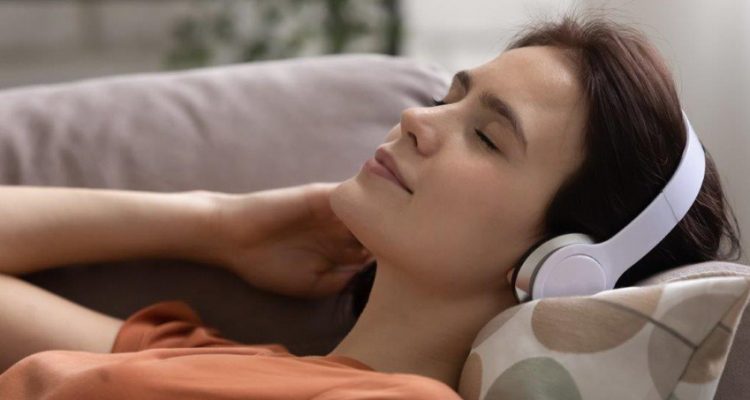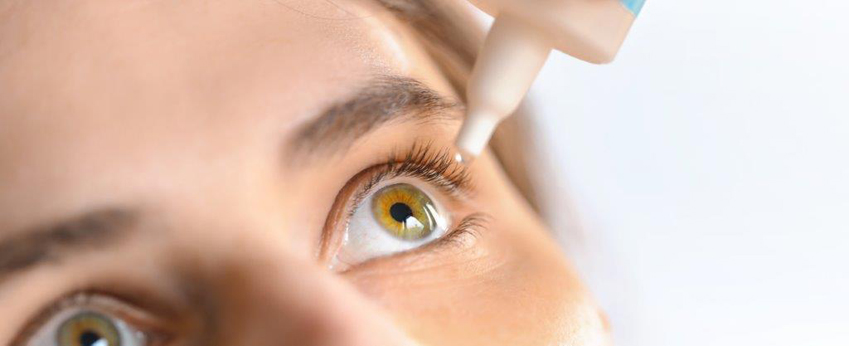On the influence of receptive music therapy on ocular blood flow in Glaucoma patients.
Investigations at the University Eye Hospital Marburg could prove that special relaxing tones can positively influence the intraocular pressure in the diagnosis of glaucoma.
Glaucoma is one of the most common causes of blindness in industrialized nations, along with AMD and diabetic retinopathy. The pathogenesis of glaucoma is far from being fully understood at this time. The individual elevated intraocular pressure still essentially determines the course of the disease.
Elevated intraocular pressure is no longer defined by a specific pressure level, but is considered pathological when it is sufficient to cause glaucoma damage. In addition, other factors are involved in the pathogenesis of glaucoma.
These are essentially concomitant internal diseases (e.g., arteriosclerosis, excessively high or low blood pressure, vascular dysregulation, diabetes mellitus, changes in blood composition, etc.), which can lead to circulatory disturbances in the optic disc.
The final pathway is the same for all pathogenic factors. Optic neuropathy occurs with visual field loss and visual acuity limitations. In extreme cases, untreated glaucoma leads to complete blindness.
Connection between psyche and glaucoma diseases
There have been approaches throughout the history of glaucoma therapy to establish a link between psyche and glaucoma disease. But only recently has the personality structure of glaucoma patients been studied.
It was found that glaucoma patients are particularly sensitive to mental stress and tend to put themselves under pressure. In addition, this patient group shows an increased tendency to anxiety, depression, nervousness and perfectionism.
Visual acuity improvements through music therapy
The Univ. Eye Clinic Marburg has studied the effect of special receptive music therapy. In combination with visualization exercises and binaural oscillations it influences ocular blood flow, IOP (also in water stress test), visual acuity, visual field and subjective well-being of patients with glaucoma diseases.
In the overall view of the results it is remarkable that with receptive music therapy a method exists with which considerable success can be achieved at comparatively low therapy costs. The two most important pathogenetic components of this disease, intraocular pressure and ocular perfusion, have been shown to be positively influenced.
In addition, music therapy has been shown to improve visual field and visual acuity. These are additive effects of music therapy, which are provided in addition to the maintained glaucoma therapy. Thus, an important therapeutic goal, namely to lower the IOP maximally (in order to reach the desired “target pressure”) has been realized.
Music therapy has an influence on the autonomic nervous system
Scientific music medicine proves that music therapy, by stimulating the brain, is able to return the body to harmony and thereby promote healing processes. Today’s music medicine focuses on its effectiveness on the human brain and nervous system. Scientific studies show that music therapy influences the autonomic nervous system.



Leave a Reply